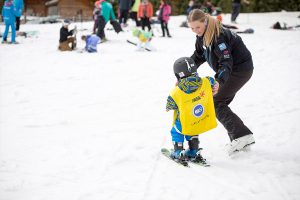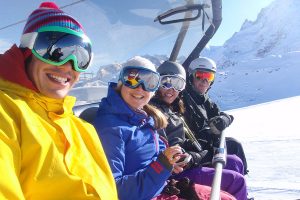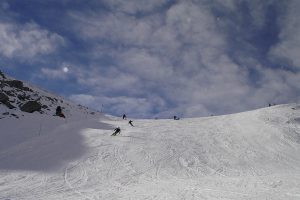Take a lesson
I’ve used my softest, kindest voice when I greet them in the rental shop; Two women, friends, both nervous about coming back to skiing. Neither has skied for two years, maybe three. I can tell they’re fearful; we head upstairs in the ski shop, drink a little coffee, and then we walk to the ski lift.
I offer to carry the more frail of the two’s ski’s. Naturally, she refuses; what modern woman would accept? Then in a conspiratorial tone, I lean in and explain, in a whisper, that if I’m seen by any other instructors, not carrying her skis, it will cause me some big problems later on, back in the locker room. We chuckle; I take the skis. ” Don’t be jealous”, I joke to the other one “It’ll be your turn tomorrow”.
On the lift, I keep the conversation light and away from skiing, careers, hobbies, families, kids, husbands, sports, holidays – past and future – anything but skiing. Maybe I add in a bit of local history, some of the sights, the mountain peaks, perhaps my theory of how Carthaginian general Hanibal Barca and his 38 Elephants, may have passed through here in 217 BC. He really may have, but this is for another blog.
I’m trying to keep their mind off the skiing and inside the telecabine. My goal is to reduce, as much as possible, any nerves. As we get out of the telecabine I keep this going. I lay their skis on the snow. We clip in and do a little jiggly warm-up and a light stretch. More laughter at my terrible jokes, and some silly dance moves. “Another Coffee?” I jest, keeping it light, we’re laughing now, we’re having fun, and just when they’re not expecting it, I set off.
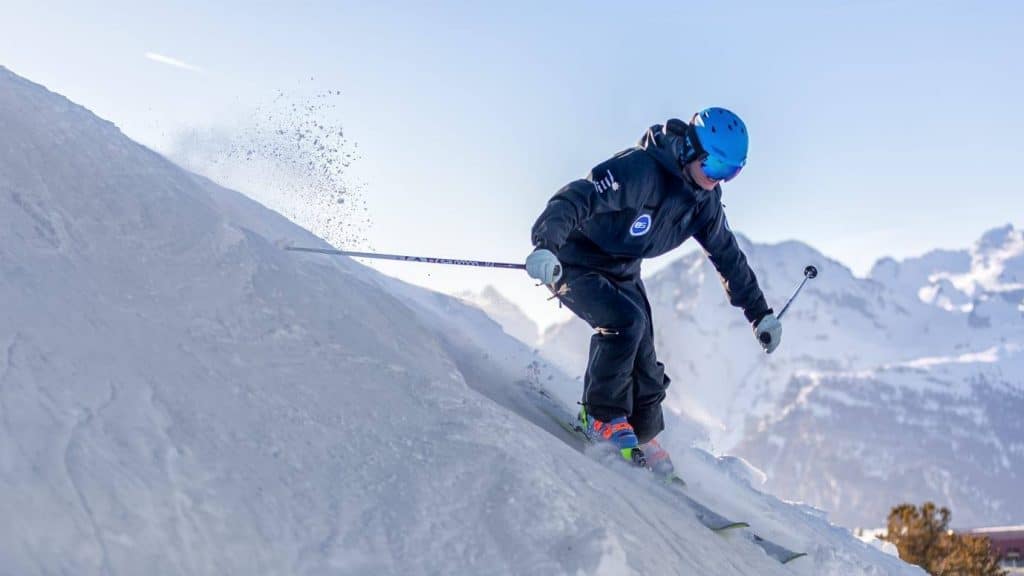
“Come on, let’s go” I say, the client nearest to me, she slides forwards after me. I make sure they’re looking at me not down at their skis, maintaining eye contact, “you can ski well “, I say, and I mean it; she smiles, hasn’t looked at her skis but is following, skiing; we’re off.
I’ve timed this well; there is no one skiing past, the run is as clear as can be, and it’s sunny too, we are off, skiing, down the mountain. I do a nice slow round turn, and they follow me well. I throw in a compliment, another joke, then turns two, three, four, and five and were off! The slope is gentle, the rewards immediate.
I’m looking back as they do every turn. I’ve set my speed just a little slower than they want for this first run, it’s all easy, and it’s all accessible. One, is slightly slower than the other; I go at the slower skier’s pace, the faster of the two doesn’t mind; she is kind, they are friends and the faster one can be let off the reigns later. And who knows how their respective confidence and abilities will progress through the rest of the holiday. For now, we want to minimise the differences, we are building trust and bonding the team.
As the run opens up, I accelerate a little; they stay with me, they’re smiling, were skiing again; it’s joyful and exciting. It’s nice to be back; they’re enjoying this piste. The rest of my week will be a lot easier after this confidence-building first day.
Why we ski and how it comes back
- But what will it be like for these ladies and for you, skiing again after a big gap?
- Will your legs know what to do?
- Will the skis veer off uncontrollably towards the ravine?
- Will you have the style flow and panache on skis that you once had?
- And How can you prepare for this potentially first run in two years?
First, let’s remember why we ski? It’s brilliant, the simple physical sensations of skiing at any level are wonderful and accessible to everyone. Second, it’s something you can nearly always do as a family; there are challenging runs for the adrenaline seeker and long smooth open runs through the trees for those happy to slide along in amongst the most beautiful nature people can access. You can do it alone, with your family, with friends, with people from work. Skiing is almost unique in its reach, flexibility and inclusiveness as a sport or activity.
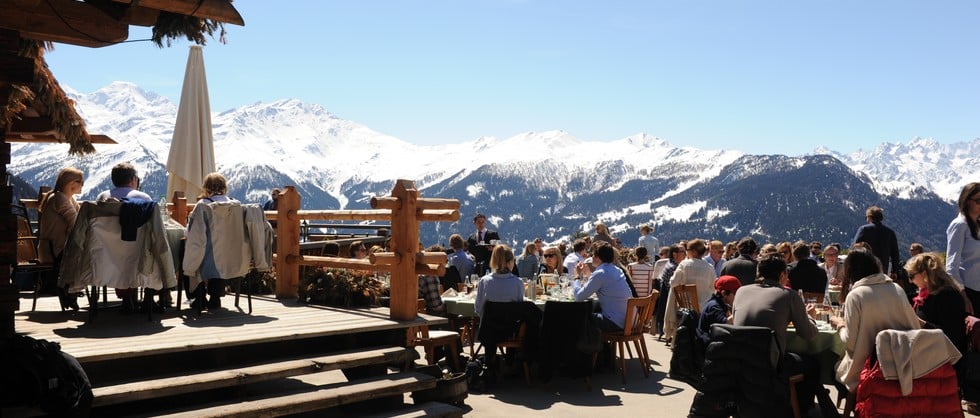
You might be surprised that even ski instructors, especially those that don’t work in the southern hemisphere during the summer ( their winter ) find that the first turns of the season are a little nerve-racking. Some have routines for the first few runs, and others spend months on the glaciers in Europe during the autumn refining their skills, preparing for the winter and exams.
Luckily skiing is like riding a bike, skills stay with you but the details of the movements slowly, over time, evaporate. Luckily they quickly come back but only if you make it easy for them; the easiest way to do this is to take a refresher ski lesson with ES. If you don’t do this, make sure you choose an easy run for your first few days.
Before you get to the slopes, check your equipment, your feet may have changed shape or even grown. The boots you had in 2019 might not be a good fit anymore; if you rent skis, go for something five to ten centimetres shorter than you had before. This will make everything a lot easier.

The key is to start on what YOU think is an easy run. Not what your husband, wife, partner or friends think is easy, but what is easy for you.
Do a few runs, gentle turns, side to side and take it really easy. Add back in the pole plant after a few runs. Practice some skidded stops. Remind yourself how long it takes to stop as you approach the lift line. Judging distances and controlling speeds can be difficult after a long break.
The movements you have to make to ski will soon come back; your nervous system, brain and muscles all can remember how they were coordinated before.
Balance is quite hard to improve quickly, but skiing does improve it a lot. Balancing on your skis will come back rapidly in the first day or two. It’s easier to think of balance, not as a static thing but a series of movements to bring you back to the centre. Your body always moves away from the centre towards “out of balance”. Balancing is the skill of returning to the centre as efficiently as possible. It is a continuous process that never stops for a skier.
Imagine a drunken sailor swaying all over the place; their balancing movements are large, inaccurate and inefficient. You may feel like a drunken sailor for the first few turns, but rapidly the movements you need to make to stay on your skis come back. These are, of course, in combination with the terrain you can see. So start on a tree-lined run if the weather is terrible and the visibility poor. And as far as drinking, keep the apres-ski as much “apres” as possible…

For this reason, it’s vital to do a run or two on super easy slopes. Also, get a simple balance board before your holiday, a circular one with a small half-dome underneath. 10 mins a day between now and your holiday will actually improve your balance. If you can’t do that, see if you can stand on one foot and lift the other up in the air, now fold your arms feel the balancing movements getting larger, close one eye and so on, build it up over time. This alone is good enough to improve your balance and make skiing easier.
So take a lesson, choose easy runs, check your gear, choose slightly shorter skis and – if you can – work on your balancing skills before your holiday. Do these things and the long break from skiing will be but a nothing in your progress as a skier.
Follow these for simple suggestions, and a 1,2, or even ten-year break from skiing will feel like you never stopped at all.

 Ski Essential no.1: Sun Cream
Ski Essential no.1: Sun Cream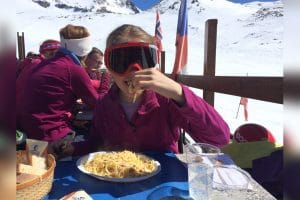

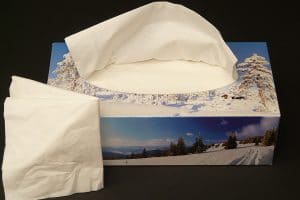
 Ski Essential no.5: Chocolate
Ski Essential no.5: Chocolate

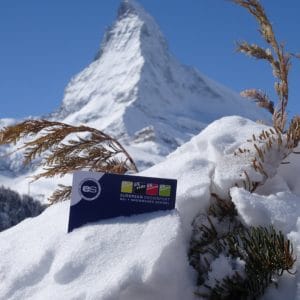
 This article was written by Laura Shadbolt. She’s head of sales at
This article was written by Laura Shadbolt. She’s head of sales at 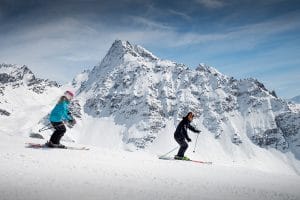
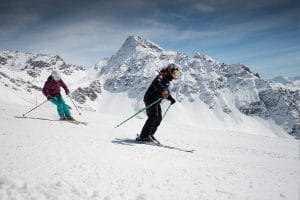
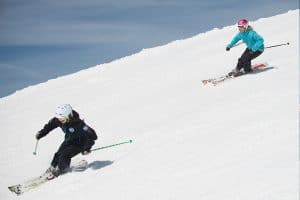
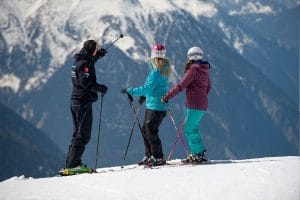
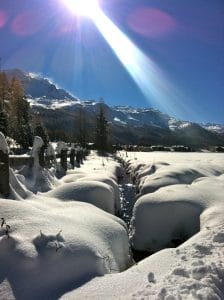 The Alps are warm most of the time, from February onwards most people are too hot on the slopes, sure there are bad weather days and cold days but if you are in the sun you’ll probably be too hot not cold. Most beginners usually turn up with too much clothing and can be seen peeling off layers as their lesson progresses.
The Alps are warm most of the time, from February onwards most people are too hot on the slopes, sure there are bad weather days and cold days but if you are in the sun you’ll probably be too hot not cold. Most beginners usually turn up with too much clothing and can be seen peeling off layers as their lesson progresses. People can learn to ski at any age so don’t worry about this, I’ve taught plenty of people in their 70’s how to ski. No excuses.
People can learn to ski at any age so don’t worry about this, I’ve taught plenty of people in their 70’s how to ski. No excuses.